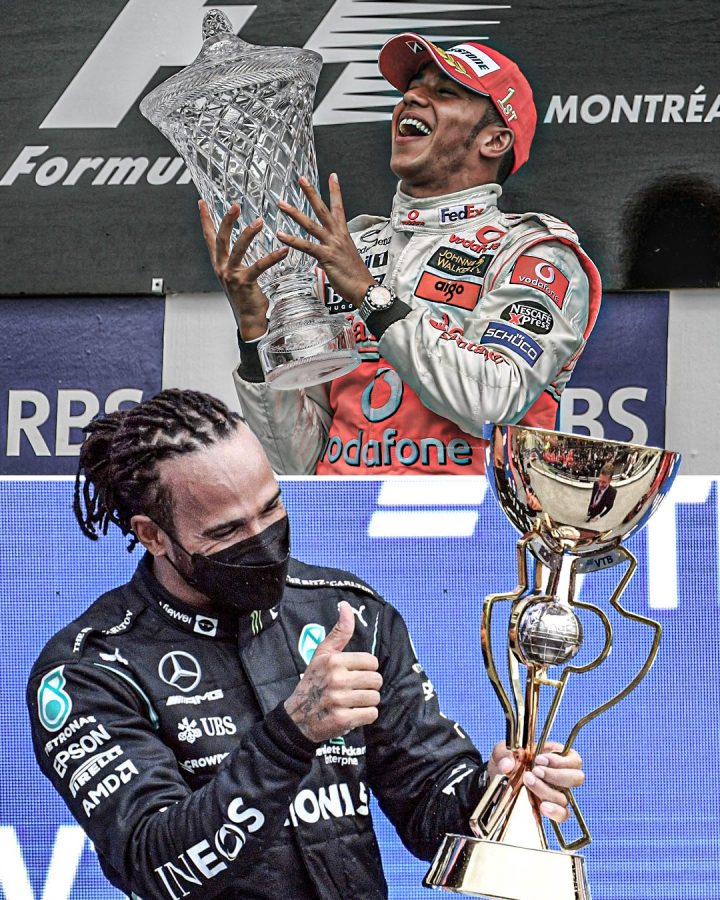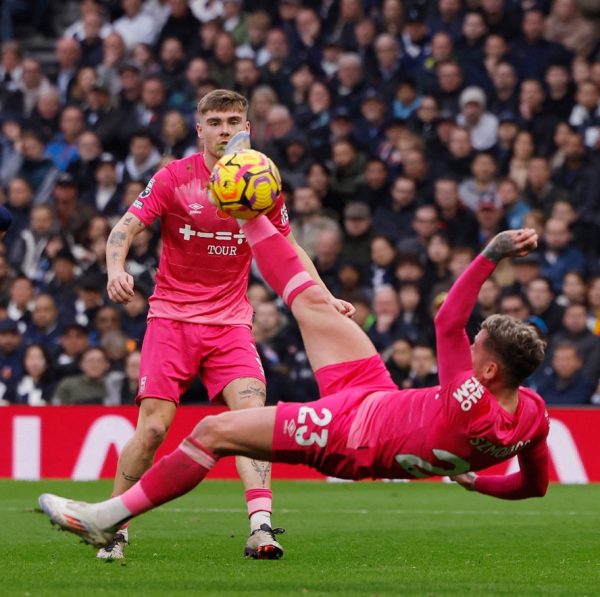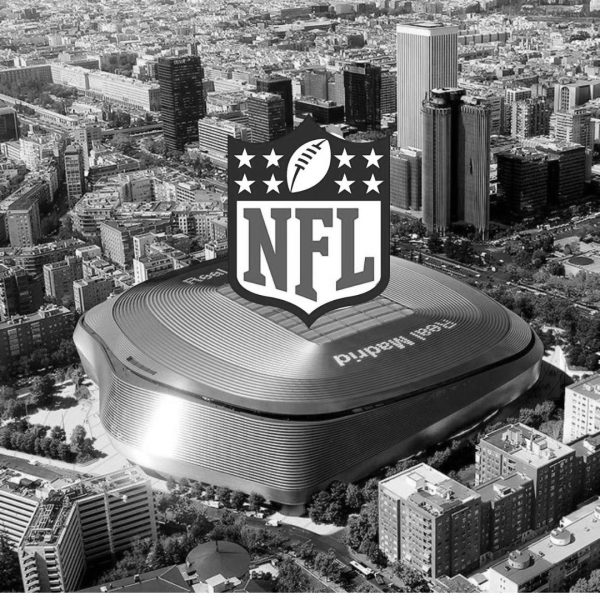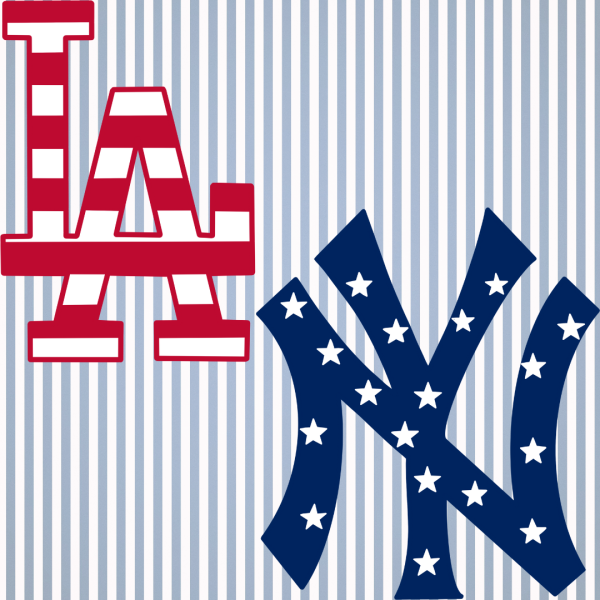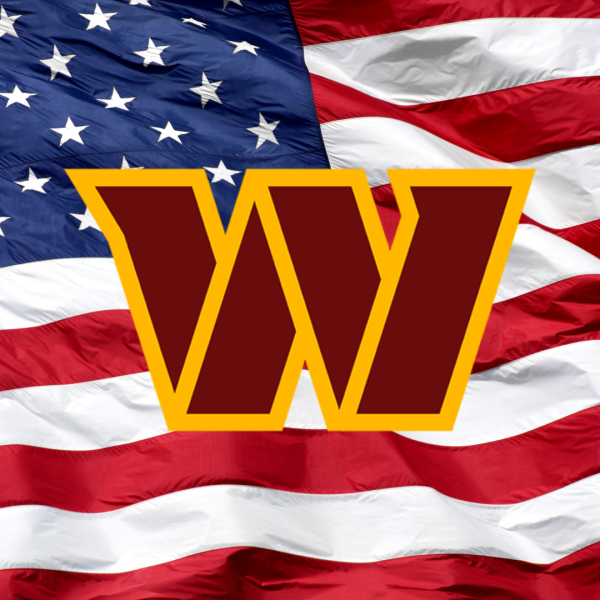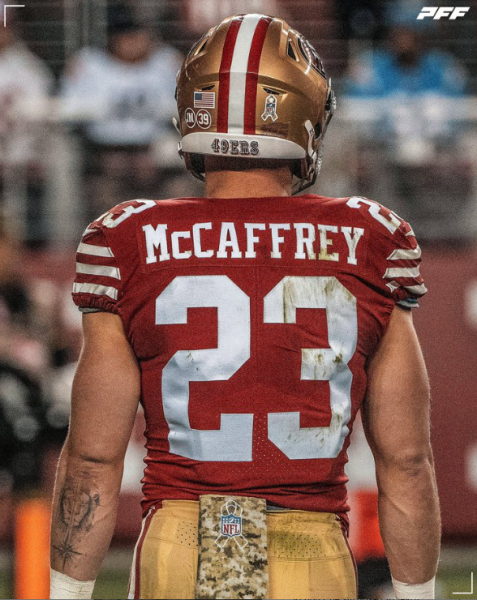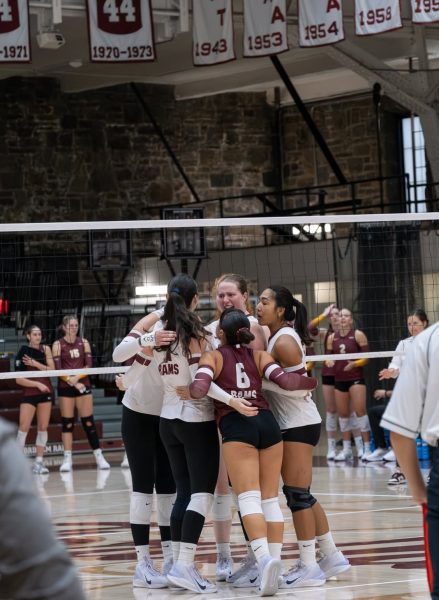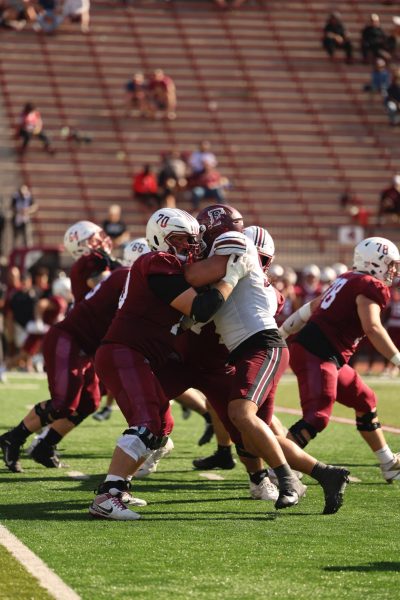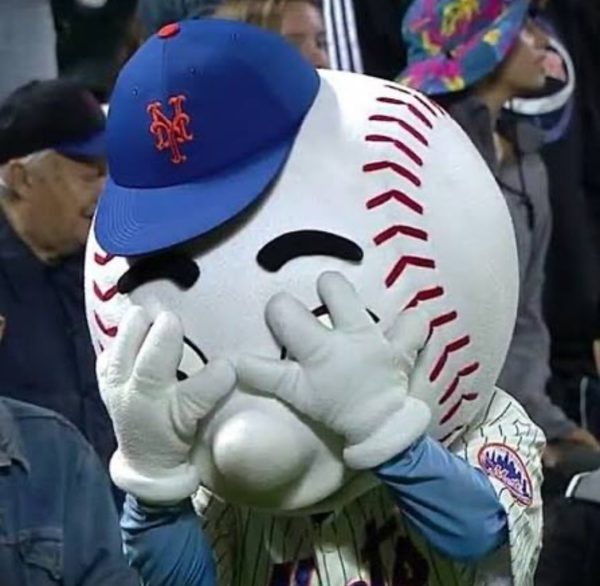Hamilton Earns Historic Victory in Sochi
On Sunday, the 2021 Formula 1 season continued with the Russian Grand Prix. There were a couple of key points to remember before the race weekend. Max Verstappen received a three-place grid penalty for his part in the collision with his title rival, Lewis Hamilton, in the previous race. Then there was the weather forecast. Heading into the weekend, the circuit was absolutely flooded and rain was expected throughout the weekend as well.
When Friday practice rolled around, the track was dry and the Mercedes duo of Hamilton and Valteri Bottas were quick, finishing first and second in both practice sessions. On Saturday, the forecasted rain finally came with the third and final practice session being canceled as a result.
Qualifying, however, was given the green light in the midst of the rain. With the grid penalty looming, Red Bull decided to change the engine in Verstappen’s car, despite being past the allotted limit incurring a lot of grid penalties. They opted out of qualifying to preserve the new engine, forcing the Dutchman to start from the back of the grid. In the final qualifying session, the track started to dry up, resulting in everyone pulling the trigger and switching to the dry tire.
When Hamilton was called in to switch tires, he ended up hitting the wall in the pit entry, forcing the mechanics to change the front wing, losing valuable time. While everyone else was out on the track, they used their first “timed” lap to warm up the tires to ensure that they were at the optimal performance temperature before going for a flying lap, which is the actual qualifying lap where the drivers are pushing the car to the absolute limit.
Due to the front wing change, Hamilton did not have enough time to warm the tires and had to do his flying lap immediately. Meanwhile, McLaren’s Lando Norris timed it perfectly and secured his first-ever pole and McLaren’s first since 2012. Ferrari’s Carlos Sainz qualified in second with Williams’ George Russell in third and Hamilton down in fourth.
When it came time for the race, the threat of rain was a possibility but at the end of the race. Mercedes decided to change Bottas’ engine for the second race in a row and as a result, started down in 16th as an attempt to match Verstappen. If Bottas could keep Verstappen behind, Hamilton would profit in the standings.
When the lights went out, all of the cars got away cleanly with Sainz passing Norris for the race lead. Hamilton had a poor start and fell down to seventh at the end of the first lap. Hamilton moved into sixth after lap two and was trying to get past Norris’ teammate Daniel Ricciardo. Meanwhile, in the back, both Bottas and Verstappen were making quick work of the pack and on lap five, sat at 14th and 15th respectively. However, they did not stay that way with Verstappen overtaking Bottas going into turn 13.
On lap 14, Norris passed Sainz to retake the lead. At this point, some of the cars already pitted trying to use the undercut, which is powerful at this circuit, to pass their rivals. Russell pitted on lap 14 and actually lost a position to Aston Martin’s Lance Stroll. Sainz pitted the lap after to protect his second place. Norris stayed out with Ricciardo jumping into second and Hamilton now in third due to the pit stops. Verstappen leaped into sixth, only seven and a half seconds behind Hamilton, and was lapping a second quicker.
On lap 23, Ricciardo entered the pits and had a horrendous stop to emerge in 14th, importantly behind Russell and Stroll. Four laps later, both Hamilton and Verstappen pitted and put on the hard tires. Norris then entered with the lead on lap 29 and exited in fourth.
At this point, Verstappen’s teammate Sergio Perez led the race in front of Alpine’s Fernando Alonso and Sainz’s teammate Charles Leclerc. Leclerc then pitted on Lap, 36, with Perez and Alonso pitting the lap after, giving Norris the lead of the race.
Hamilton was suddenly dangerously close to the leader, with only two seconds between them. Verstappen was down in seventh, which meant that Hamilton would take a good chunk of points with this finish to give him the lead of the Driver’s Championship. However, the sky started to darken with a dark cloud in the distance.
On lap 46, the predictions became true as a couple of drops started to hit the circuit. Norris went off at turn five but remained in the lead. The biggest question became whether to put on intermediate tires or weather the storm atop the dry tires, which lose grip and speed when wet. Both McLaren and Mercedes were on the radio to Norris and Hamilton telling them to pit but both refused. On lap 49, Verstappen pitted alongside the majority of the grid for intermediates, followed by Hamilton one lap later.
Norris continued to refuse, however. He then slid off the track and gave the lead to Hamilton. Somehow, with all of the commotion in the pit lane and on the track, Verstappen rose to second place.
After 53 laps, Hamilton crossed the finish line to win the Russian Grand Prix, becoming the first driver to ever win 100 races. Verstappen finished in second and Sainz in third to round off the podium. Norris eventually pitted and finished in seventh, a disappointing result. This was a near-perfect race for Verstappen. He finished in second after starting last on the grid, essentially negating his grid penalty without losing much ground in the standings.
With this result, Hamilton retook the lead of the Driver’s standings while Mercedes remained at the top of the Constructor standings. With seven races left, there is a two-point difference between Hamilton and Verstappen. The next race is in Turkey next week and with the way this season has gone, expect another instant classic.

Michael Hernandez is a sophomore at Fordham’s Gabelli School of Business, majoring in marketing with a concentration in sports business. He started on...





































































































































































































